Category: DII
Our top blog posts of 2021
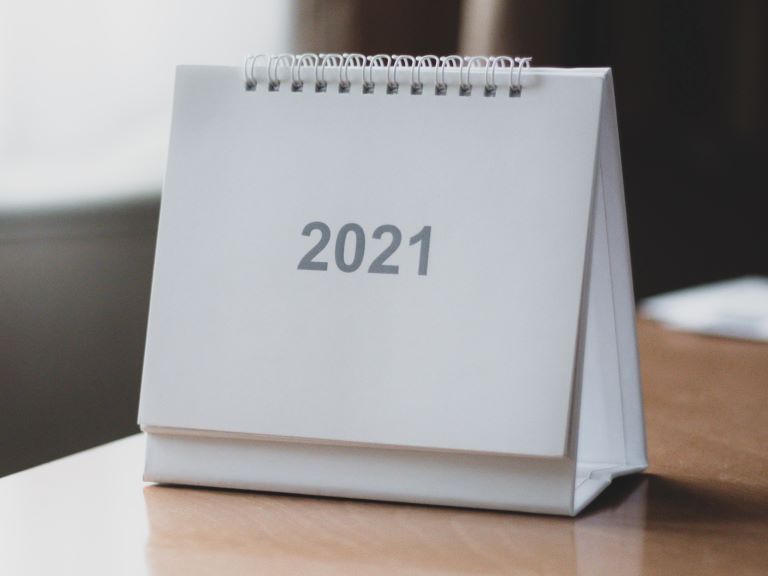
In 2021, the covid-19 pandemic continued to influence our desire to improve the safety and efficiency of our indoor spaces and we saw an increased public and private investment in energy-efficient technology, manufacturing, and policy. SEEA welcomed a new president, and we expanded and deepened our commitment to equity within our industry. In this notable year, these are the blog posts that you read, shared, and liked the most.
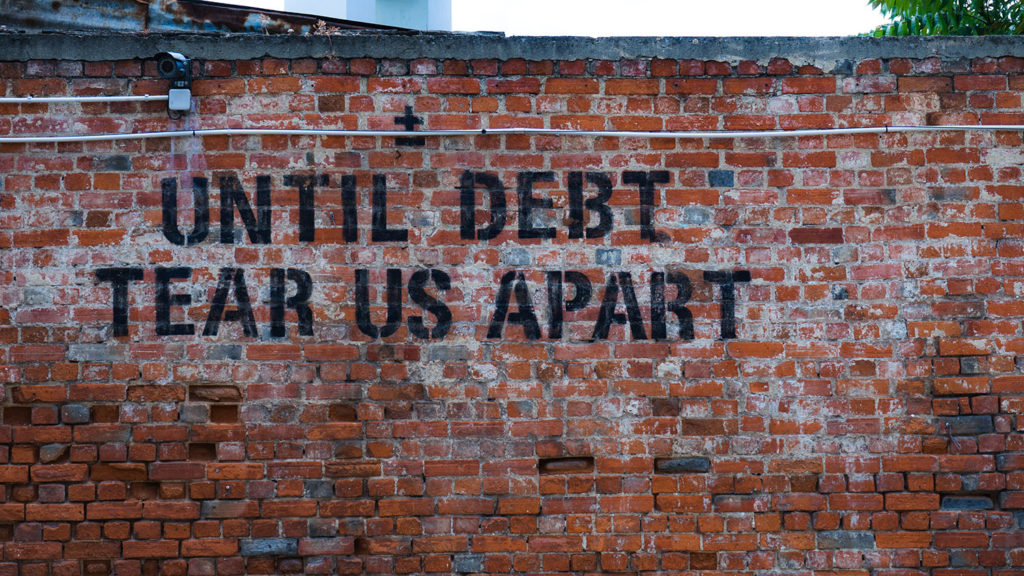
1. What is energy security versus energy burden?
Originally published March 15, 2021
Last month, SEEA released our report, Energy Insecurity Fundamentals for the South. We believe using common metrics is essential to creating robust and prescriptive policies that address the multiple dimensions of energy insecurity. […]

2. Going beyond recovery with the American Jobs Plan
Originally published April 22, 2021
For patients recovering from a major illness or trauma, doctors stress the importance of improving social wellness as a part of recovery. They prescribe getting back on your feet as the first step, but note that staying healthy requires a long-term investment in one’s physical, mental, and social health. […]
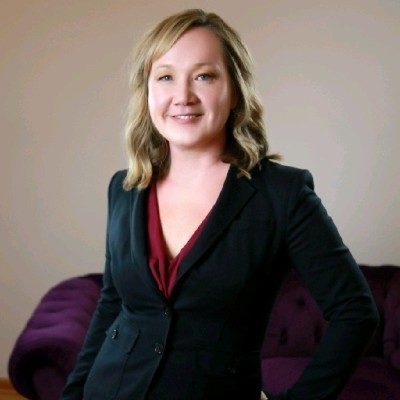
3. Energy efficiency for all – the opportunity ahead
Originally published May 6, 2021
While I officially started working at SEEA on April 26, I have had the pleasure of working with SEEA staff and board members for more than ten years. The team’s dedication to realizing a more energy efficient Southeast that benefits all people has long inspired my curiosity […]

4. How American Efficient is realizing a more diverse energy industry
Originally published November 10, 2021
The American Efficient DEI Action Team
Over the last year, a team at American Efficient developed a Diversity, Equity, and Inclusion (DEI) action plan to put some of our company’s values into practice. As a group of mostly white people in a mostly white company—and industry—we regard this as a privilege, in all senses of the word. […]
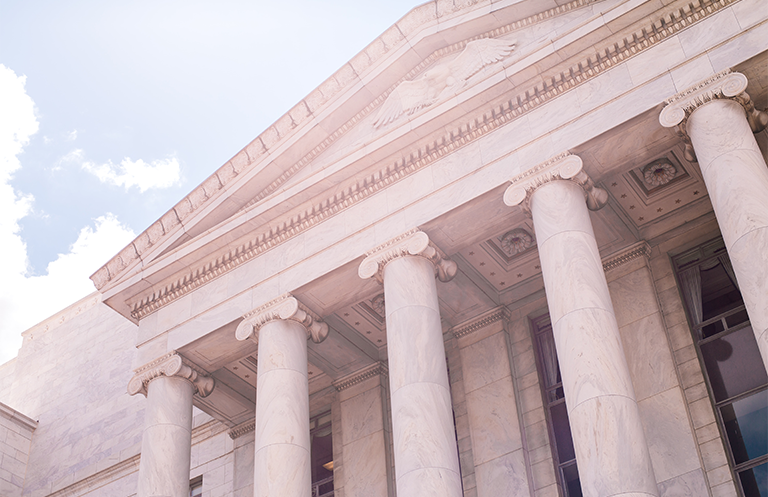
4. The Infrastructure Investment and Jobs Act will transform the Southeast
Originally published November 12, 2021
On Friday, November 5, the U.S. House of Representatives passed the Infrastructure Investment and Jobs Act. The bill passed the Senate in a bipartisan vote in August and President Biden is expected to sign the bill on Monday, November 15. The $1.2 trillion package is a historic investment in infrastructure that advances energy efficiency, resiliency, and electric transportation. Combined with the President’s Build Back Framework, it will average 1.5 million additional jobs every year for the next 10 years. […]
How American Efficient is realizing a more diverse energy industry
The American Efficient DEI Action Team

Over the last year, a team at American Efficient developed a Diversity, Equity, and Inclusion (DEI) action plan to put some of our company’s values into practice. As a group of mostly white people in a mostly white company—and industry—we regard this as a privilege, in all senses of the word.
American Efficient is a B-Corporation, which means our company is committed to making decisions that lead to positive impacts on our employees, customers, suppliers, community, and the environment. We are grateful we were able to start our DEI plan from a place where the values inherent to our company culture were already front-and-center. We’d also like to note, with thanks, that we would not be as far along in our journey towards anti-racism without our partnership with SEEA.
Our work to improve diversity in our workplace, community, and industry started from a series of conversations in May 2020. While watching several racial justice protests around our state and the country unfold, a group of employees began chatting internally and then gathering virtually to discuss what was happening and how we could be allies. While we had differing vantage points on how and what was necessary to do, we agreed that it was incumbent on us to act. We believed we needed to move beyond statements and splash-page DEI banners to move the needle.
First, we drafted a plan that stated our values and identified key areas we thought we should focus on, along with potential sample actions. Of course, hiring for diversity was top of the list. Early in our discussions around the plan, one member of our group raised the point that our homogeneity was a blind spot. We sought to be allies with the Black community, not a set of charitable actions. We also realized that, as a rather small organization with fewer than twenty employees, we could not hire our way into diversity in the near term and even if we did, the net effect would be small. This led to the realization that we had to do other things besides address our hiring process—that we should look internally and externally for how we could be impactful.


As the next step, we solicited help from several consultants to help us create an actionable plan. We feel lucky that in the end that we were able to partner with SEEA since they understood the challenges that the clean energy industry—despite very laudable objectives and goals—has with workforce diversity and with its relationship to local communities.
Rather than jumping right in, we worked with our SEEA consultant, director of membership and diversity inclusion, Pamela Fann, CDP, CDT, to benchmark where we were starting, as individuals and as a company, and create a common language and understanding of what authentic anti-racism should look like. Our inner work became as important as the outward facing work. After going through that process, we agree it is essential to address not just the symptoms of a lack of diversity but also the root causes.
As our focus eventually grew outward, we looked at how we could be more visible and supportive of anti-racism locally, regionally, and nationally. In the end, the common challenge we saw was the lack of diversity in our industry, which meant we had to look at how to grow the pipeline of diverse talent entering the clean energy workforce.
The net result of our work in the first quarter of 2021 was a plan of action, a narrative to share with our partners and to keep ourselves accountable, as well as a budget to support the work, which our management team fully endorsed. Actions that made it into the plan included building evaluation into our process, sponsoring Black Energy Awareness Month for the North Carolina AABE Chapter, supporting the United Way of the Greater Triangle’s Anti-Racism Community Fund, and offering funding and paid time off for staff to develop their understanding of racism at work. We are exploring future opportunities for outreach to historically Black colleges and universities (H.B.C.U.s) and an employee giving match program.
Of course, we’re just starting on our journey, and most of our work continues to be on ourselves. Creating a culture of accountability and commitment to action takes time. We’re grateful to Pam and SEEA for supporting our team as we embark on this course.
Announcing Pamela Fann, Director of Membership and Diversity Integration
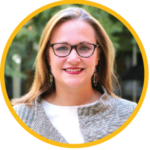
I would like to share an important update regarding SEEA’s work on diversity, inclusion, and integration. For the past two years, Pamela Fann, director of SEEA’s membership program, has been developing a plan to implement our commitment to diversity and inclusion. Pam took on this task based on her assessment of SEEA’s needs and her passion for helping people to learn and realize the benefits of a more equitable work culture.
As the national outcry for racial justice continues, SEEA’s focus on diversity, inclusion, and integration is more important than ever. To ensure our momentum with this work continues, I am pleased to share that Pam’s role is formally changing to director of membership and diversity integration. In this role, she will continue to lead SEEA’s membership program and develop and implement initiatives to further behaviors, attitudes, and policies that support diversity, inclusion, and integration within the organization. We believe that creating an organizational culture where all people feel welcomed and valued will better equip us to realize significant, systemic change in the energy industry.
I am pleased to share a personal message from Pam about her journey and the work ahead at SEEA.
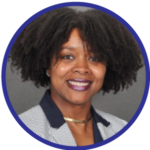
Over the past two years, SEEA has been on a path to honor our commitment to incorporating diversity, inclusion, and integration (DII) in our organization and the energy industry overall. During this time, I obtained my certification as a Cultural Diversity Professional and Trainer (CDP, CDT), developed SEEA’s cultural competency framework, helped craft our diversity and inclusion statement and president’s message, and created tools and training to promote dialogue and advance DII among our board, staff, and stakeholders.
As I reflect on the work we have accomplished, as well as our plans for the future, I want to share my personal story and why I am committed to advancing diversity and inclusion in individuals and institutions.
I grew up in the small midwestern town of Owasso, Oklahoma. My family was the first Black family to integrate the small town. As the only Black person in the classroom and social settings for many years, I experienced direct and frequent racism, but I could not have imagined the abhorrent event that happened next. In 1988, I suffered one of the most painful and definable moments of my life. Members of a white supremacist group burned our home and spray painted the words “N***** Get Out” on the rock wall entryway. While I had experienced the cruelty of disparaging words and racial slurs, I had never encountered the visceral hate that took away our family home, memories, and led to many more obstacles for my family to overcome. That profound awakening began a journey of reckoning with a history of racism and hatred that I had not previously understood.
I gained two gifts from that injustice: the fulfillment of volunteer service, due to the generosity from first responders and The American Red Cross, and my passion for understanding and promoting diversity work. The latter came from the compassion, empathy, and support that we received from many white people in our community and the knowledge that the actions of a certain group of people do not represent the entire race.
I use the insight from this experience daily in both my personal life and career to support diversity initiatives and encourage others on their own journey.
Taking the Next Step
SEEA’s regional focus on energy efficiency topics in the Southeast requires an understanding of the underlying issues and policies that have perpetuated inequities in our communities. While our organization has been tackling the matters of diversity, inclusion, and integration for the last couple of years, the recent racial injustices across the U.S. has amplified the need to address these issues within our organizations, our industry, and the communities we serve.
I am pleased to be leading these efforts for SEEA and look forward to ongoing work within the organization and with our partners and stakeholders to create a more compassionate, knowledgeable, and anti-racist community.
Learn more about SEEA’s journey to advance diversity, inclusion, and integration.
Visit our diversity, inclusion, and integration resource page.
Shattering the stories we tell ourselves
John Silkey

As a white man who considers himself a Black Lives Matter ally, I find myself confronting hard truths this week. Too often my support has looked like, “But what can I do? What is the right action? What will be most helpful?” I used perfection as a defense against actually stepping forward.
I offer a story of my “whiteness” and privilege, what I learned from SEEA staff and board’s commitment to act, and some steps white men like me can take right now to start to fix the problem.
I currently have the honor of serving as chair of the SEEA Board of Directors. SEEA staff have been holding the space for diversity, inclusion, and integration work for more than four years now. Three years ago, following staff’s lead, the SEEA board took a hard look at our lack of diversity. We took stock of diversity metrics looking primarily at race and gender (geography is also a consideration given the mission of our organization).
We then set targets for improvement. We reported against them at every board meeting. We also established a Diversity, Inclusion, and Integration Plan overseen by a subcommittee of the board. In our most recent strategic plan we included a set of value statements that intentionally address diversity and we have a section in our strategic plan that details this area of our work. In short, we committed to becoming a board more representative of the Southeast.
This past year we had six open board seats and focused our search on female candidates and people of color.
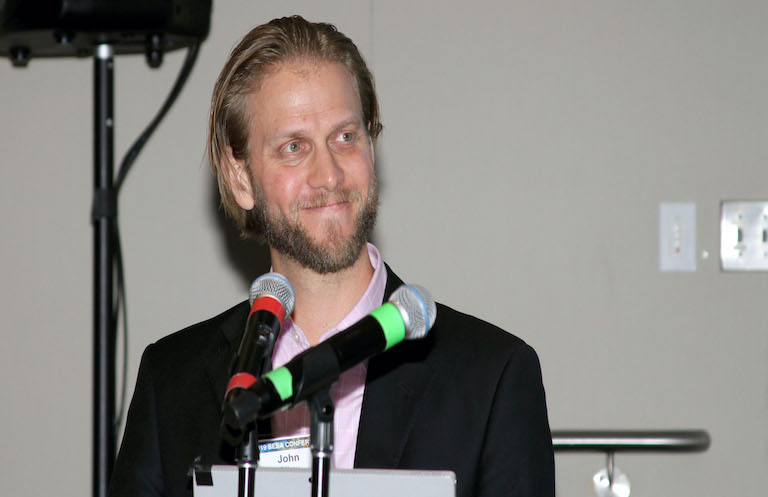
Here’s where my personal story kicks in. I applauded the intention and the goal, but inside I told myself a story, “Our industry is predominantly white and male. We’re not going to find enough candidates that fit our standard qualifications for board membership and who are people of color.”
It was an old story, one I had learned and internalized over my life as a white male living in a power structure that provides a tailwind for people like me; a story that I easily adapted and updated to fit my progressive life.
The board made a list of anyone we knew who we thought would be a good addition to our group. We then looked at that list and noted which potential candidates would add to our board diversity by gender and/or race. We contacted every individual on our list in addition to casting a wide call for applications.
At the end of the application period we were left with ten candidates, only one of whom looked like me.
My story was shattered. I had projected my limited and very white network onto an entire industry. I was unaware how thoroughly my limited worldview had become my story of the world writ large. My work with SEEA helped me to actually see my unconscious prejudice for the first time. Here’s what I learned and what other white men like me can do to move past questions and helplessness and use our privilege within the system to make lasting change:
1. Be willing to question your beliefs. Your story is not the story. Let go of it and invite the discomfort of the unknown. The National Museum of African American History and Culture has released a portal to help people explore issues of race, racism, and racial identity.
2. If you have decision making authority in your organization – measure your company’s or your board’s diversity metrics and update your recruiting and hiring policies. White men with decision making authority love to spout, “what gets measured gets managed.” Put that cliché to good use.
3. Recruit outside of your network. If you rely on your existing network you’ll get more of the same. Overqualified and diverse job candidates are everywhere, and they can use our help finding the opportunities that have always just been there for white men like me. One easy step to find great candidates is to recruit at historically black colleges and universities like Spelman College, Morehouse College, Howard University, and Florida A&M University.
Last Tuesday we took another bold step as a board. We decided to refocus the time we had held for another meeting to have a Caring Conversation to reflect upon and discuss the current state of civil unrest and structural racism. We all found it cathartic, trust building, and supportive. We are providing the template for this conversation if you would like to emulate it in your own organization.
I can, and must, do more. We all must. And I am starting today.
To begin, SEEA has compiled a list of resources to aid in the work of addressing racism.
I am proud to be a member of SEEA, and to have the opportunity to learn from staff, my fellow board members, and members across the Southeast like you. If you find yourself lost or questioning in these times as I did, know that SEEA staff is here to support with experience and guidance in how your organization can make a difference.



